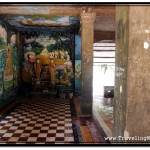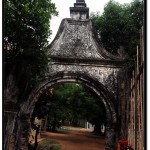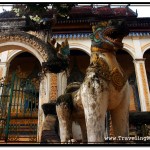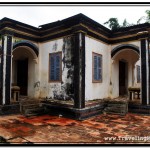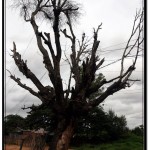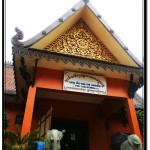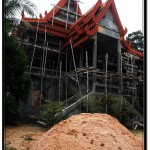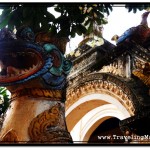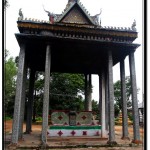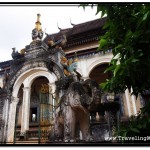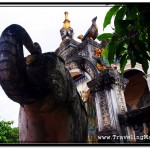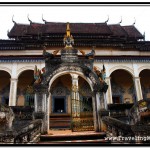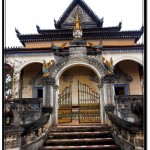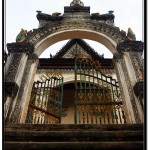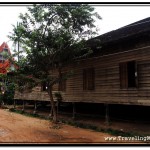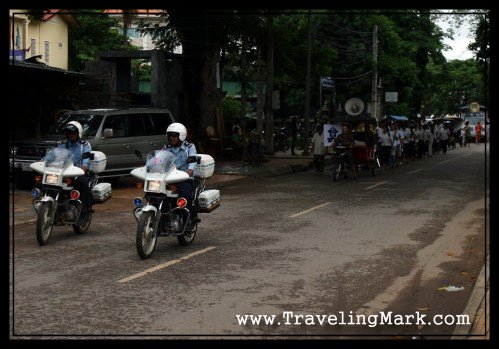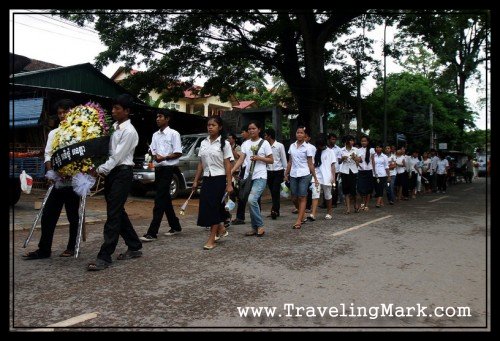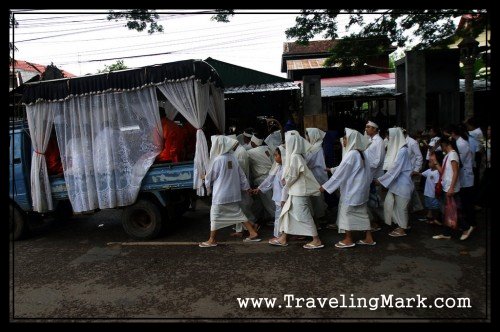As I was receiving my introduction to Buddhism, I was told about the reason why Wat Preah Prom Rath pagoda was so full of people, why traditional Khmer music was being played from a loudspeaker why there was so much food all over the place. It was the first day of Pchum Ben Festival, which was loosely translated to me as The Festival of the Dead or sometimes as The Festival of the Souls (or spirits).
Pchum Ben is a Buddhist Festival but even though Cambodia is surrounded by other Theravada Buddhist nations, Pchum Ben is only celebrated in Cambodia and nowhere else. Pchum Ben Festival celebrations last for 15 days with final, culminating day falling on the 15th day of the 10th month of the Khmer calendar. Granted, Khmer calendar is different from the Gregorian one which is the one used by western countries so even though it was the beginning of September, the Pchum Ben Festival has already started.
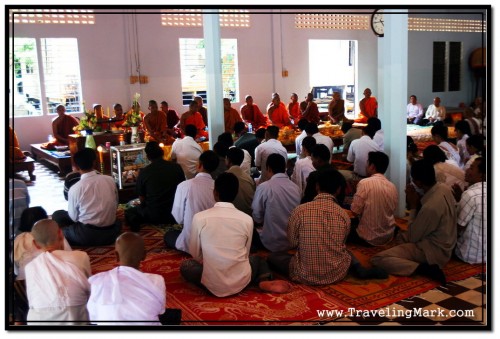
The most prominent observation a foreigner notices during Cambodian Pchum Ben Festival is the fact that it involves a lot of food. You see Khmer families coming to temples and pagodas carrying dishes with food which they arrange along the walkways while they spend hours chanting prayers inside temples, kneeling before statues of Buddha. As it was explained to me, the food is meant for the dead. The premise of Pchum Ben Festival is to feed the spirits of the dead. Cambodians firmly believe that the act of feeding the souls of their deceased predecessors will make their stay on Earth more enjoyable.
During Pchum Ben the spirits of the dead descend from the spirit world and walk the Earth. Those who are still alive prey for their souls and offer them food. As it goes with Buddhist Monks in Cambodia, people also bring food for them. The festival is very spiritual and considerably one of the most important festivals in Khmer calendar. As the history of Pchum Ben has it, the festival was originally celebrated for three months but has been shortened to 15 days as modern lifestyle makes 3 months of celebration complicated.
After me and my girl guide were done talking about the life of Buddha, we went to the prayer hall where several people were already gathered and chanted their prayers as one while their chants were played back from a loudspeaker. As confused westerner, I asked if I could join them for a prayer and take a few pictures while I was at it. There was no issue with that as Cambodians are vastly tolerant of foreigners when it comes to cultural and religious differences.
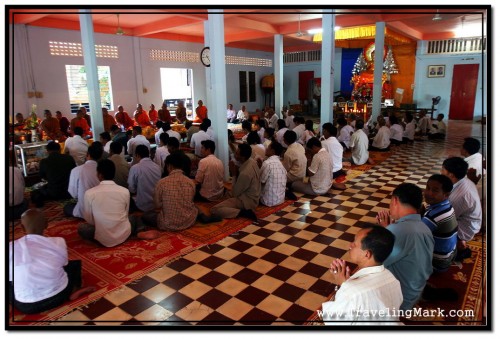
This was the beginning of Pchum Ben Festival but as it became apparent during the following 15 days, Pchum Ben was a big deal for Khmer people who take the festival very seriously and dedicate most of their focus to it while the festivities last. Even Cambodians who are otherwise non religious would prepare their food and bring the offerings to one of the temples. during Pchum Ben Little did I know at the time that the most significant events of my personal stay in Cambodia will be directly connected to Pchum Ben. Let the festivities begin!
